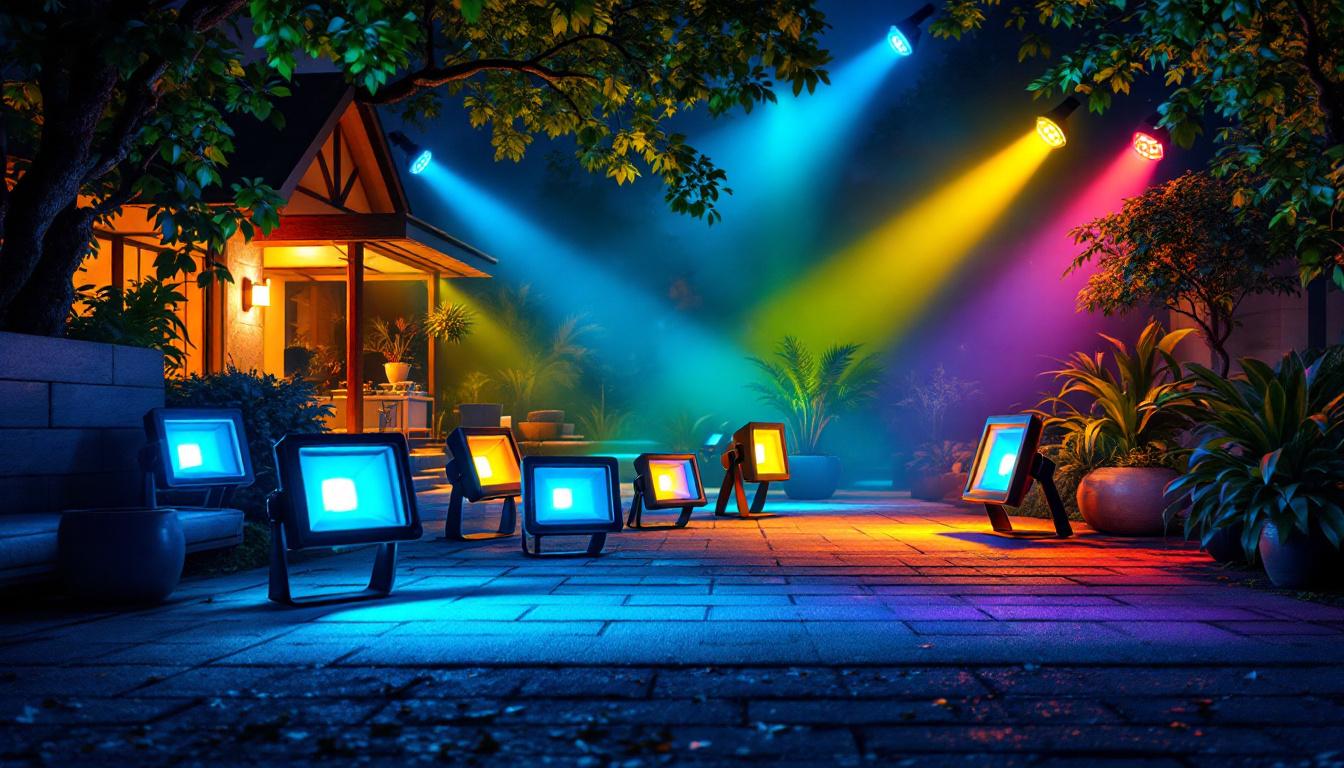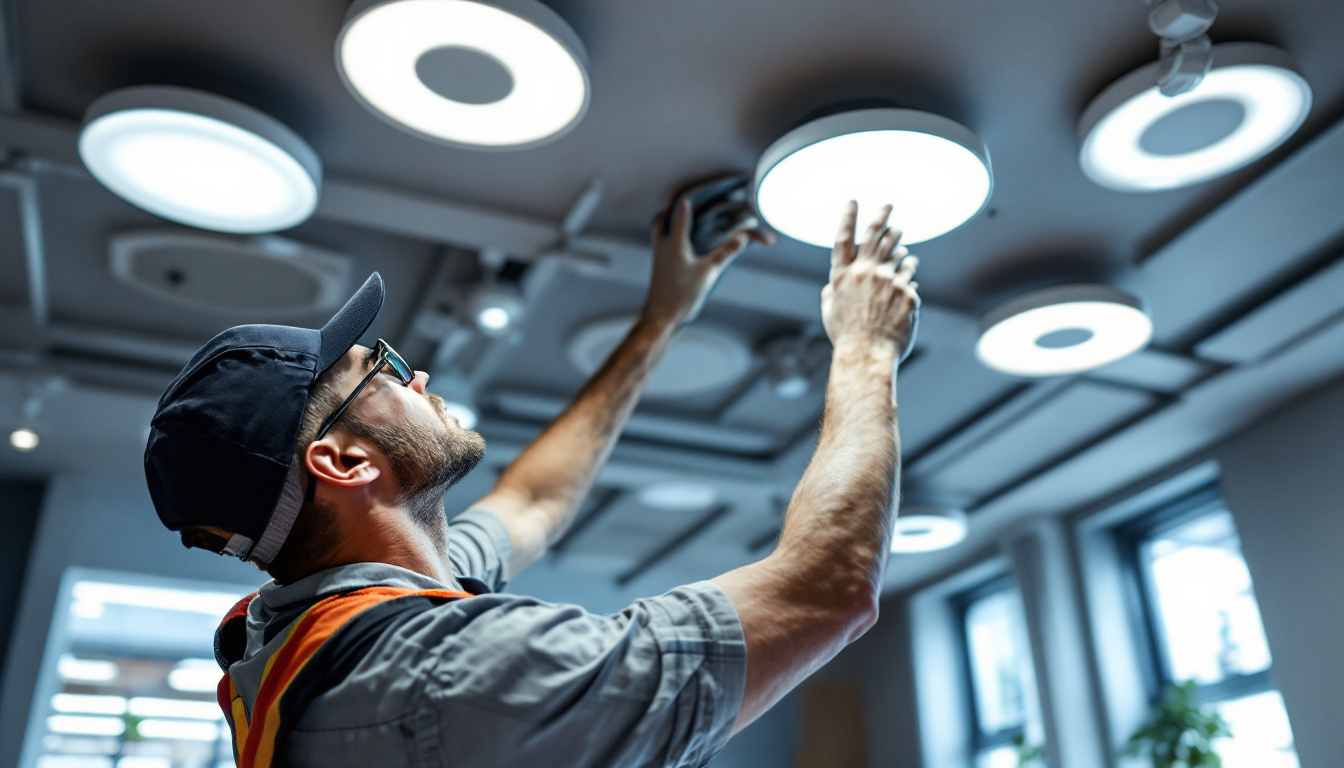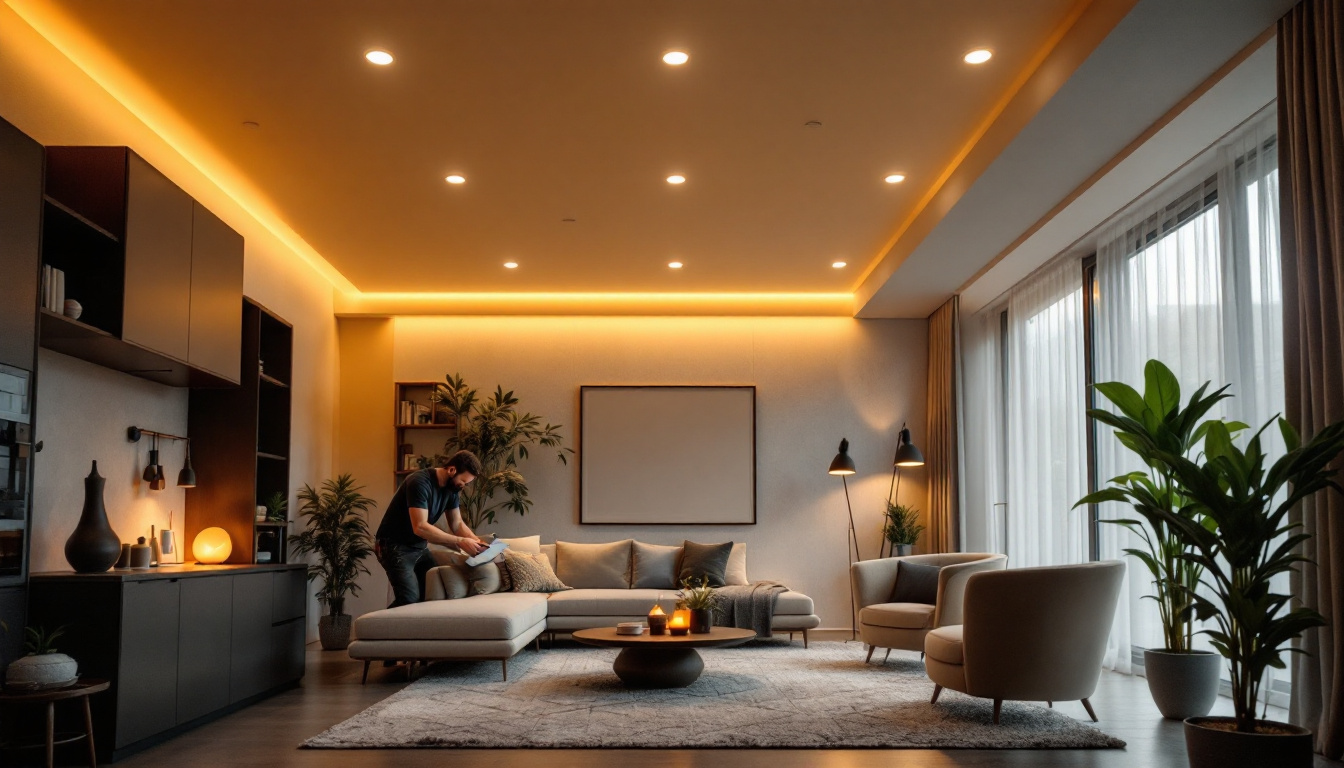
In the world of lighting installation and design, the importance of lamp holders cannot be overstated. These seemingly simple components play a crucial role in the functionality and aesthetics of lighting fixtures. For lighting contractors, understanding the significance of lamp holders is essential for delivering high-quality installations and ensuring customer satisfaction. This article explores the various reasons why every lighting contractor should prioritize the use of reliable and versatile lamp holders in their projects.
At first glance, lamp holders may appear to be a minor detail in the grand scheme of lighting design, but they serve several critical functions. They not only support the light bulb but also enhance the overall safety and efficiency of the lighting system.
One of the primary functions of a lamp holder is to securely hold the light bulb in place. This is particularly important in installations where the fixture may be subjected to vibrations or movement. A well-designed lamp holder ensures that the bulb remains stable, preventing damage and potential hazards. Moreover, a secure fit allows for optimal light output, as the bulb can operate at its intended angle without interference. The material and design of the lamp holder can also play a significant role in heat dissipation. For instance, ceramic holders are often preferred for high-wattage bulbs because they can withstand higher temperatures without degrading, thus prolonging the lifespan of both the bulb and the fixture.
Another vital role of lamp holders is to facilitate electrical connections between the bulb and the power source. Lamp holders are designed with specific wiring configurations that ensure a safe and efficient transfer of electricity. This is crucial for preventing electrical failures and ensuring that the lighting system operates smoothly. For lighting contractors, understanding the different types of lamp holders and their wiring requirements is essential for successful installations. Additionally, many modern lamp holders come equipped with features such as built-in fuses or circuit breakers that provide an extra layer of safety, automatically cutting off power in the event of a short circuit. This innovation not only protects the fixture but also enhances user confidence in the overall lighting system.
Beyond their functional roles, lamp holders also contribute significantly to the aesthetic appeal of lighting fixtures. They come in a variety of styles, materials, and finishes, allowing designers to choose options that complement the overall decor of a space. From sleek, minimalist designs in brushed nickel to ornate, vintage-inspired holders in antique brass, the choice of lamp holder can dramatically influence the mood and style of a room. Furthermore, the versatility of lamp holders enables them to be used in various applications—from table lamps and floor lamps to pendant lights and wall sconces—making them an integral component of both residential and commercial lighting design.
There is a wide variety of lamp holders available on the market, each designed for specific applications and types of bulbs. Familiarity with these options allows lighting contractors to choose the most suitable holder for each project.
The standard Edison socket, often referred to as E26 or E27, is one of the most common types of lamp holders used in residential and commercial lighting. Its widespread use is due to its compatibility with a vast range of light bulbs, including incandescent, LED, and CFL options. The simplicity and reliability of the Edison socket make it a go-to choice for many lighting contractors. Additionally, the ease of replacing bulbs in an Edison socket contributes to its popularity among homeowners, as it allows for quick upgrades to more energy-efficient lighting without the need for specialized tools or expertise.
For contractors working with halogen or LED spotlights, GU10 and MR16 holders are essential. These types of lamp holders are designed for specific bulb shapes and sizes, providing a secure fit that enhances performance. GU10 holders, for instance, feature a twist-and-lock mechanism that ensures a tight connection, while MR16 holders are typically used in low-voltage applications, making them ideal for accent and landscape lighting. The versatility of these holders allows for creative lighting designs, enabling contractors to highlight architectural features or create mood lighting in various settings, from homes to commercial spaces.
In addition to standard options, there are also specialty lamp holders designed for unique applications. For example, candelabra sockets are commonly used in decorative fixtures, while bayonet sockets are popular in certain European markets. Understanding these specialty holders allows lighting contractors to expand their service offerings and cater to a wider range of client needs. Furthermore, some specialty holders are designed to accommodate smart bulbs, which can be controlled via smartphone apps or voice commands, thus appealing to tech-savvy consumers looking to integrate modern technology into their lighting solutions. This growing trend towards smart lighting systems emphasizes the importance of staying informed about the latest advancements in lamp holder technology.
Investing in high-quality lamp holders can significantly impact the overall success of lighting installations. Here are some key benefits that come with using reliable components.
Safety is a top priority in any lighting installation. Quality lamp holders are designed to meet rigorous safety standards, reducing the risk of electrical hazards. They are built to withstand heat generated by light bulbs, preventing overheating and potential fire risks. For lighting contractors, using reputable lamp holders not only protects their clients but also enhances their professional reputation.
High-quality lamp holders contribute to the overall performance of lighting systems. They ensure a consistent electrical connection, which translates to better light output and energy efficiency. In contrast, inferior holders may lead to flickering lights or reduced bulb lifespan, ultimately resulting in dissatisfied customers. By prioritizing quality, contractors can deliver installations that meet or exceed client expectations.
While it may be tempting to opt for cheaper lamp holders to cut costs, this approach can be counterproductive. Low-quality holders often require more frequent replacements, leading to increased maintenance costs over time. By investing in durable and reliable lamp holders, contractors can save money in the long run and provide clients with a more dependable lighting solution.
Selecting the appropriate lamp holder for a specific project requires careful consideration of several factors. Understanding the unique requirements of each installation can help lighting contractors make informed decisions.
The first step in choosing a lamp holder is to assess the lighting application. Different environments may have varying demands, such as humidity levels, exposure to dust, or the need for dimming capabilities. For instance, outdoor lighting installations may require weather-resistant holders, while indoor applications might prioritize aesthetic appeal.
It is crucial to ensure that the selected lamp holder is compatible with the type of bulb being used. This includes considering the bulb’s wattage, shape, and base type. A mismatch can lead to performance issues or even damage to the fixture. Contractors should familiarize themselves with the specifications of the bulbs they plan to use, enabling them to select the most suitable lamp holder.
As technology continues to evolve, lighting solutions are becoming more advanced. Choosing lamp holders that are compatible with a range of bulb types, including newer LED options, can help future-proof installations. This flexibility allows contractors to adapt to changing client needs and preferences without requiring extensive retrofitting.
Once the right lamp holder has been selected, proper installation is essential for ensuring optimal performance and safety. Adhering to best practices can help lighting contractors avoid common pitfalls.
Each lamp holder comes with specific installation instructions provided by the manufacturer. Following these guidelines is crucial to ensure that the holder is installed correctly and safely. This includes proper wiring techniques, securing the holder to the fixture, and ensuring that all connections are tight and free from corrosion.
After installation, it is important to test the lamp holder for functionality. This includes checking that the bulb fits securely, verifying that the electrical connections are working properly, and ensuring that the fixture operates as intended. Conducting thorough tests can help identify any issues before the project is completed, allowing contractors to address them proactively.
Finally, educating clients about the lamp holders used in their installations can enhance their overall experience. Providing information on bulb compatibility, maintenance tips, and safety precautions empowers clients to take care of their lighting systems. This not only fosters trust but also encourages repeat business and referrals.
In the competitive field of lighting contracting, understanding the importance of lamp holders is vital for delivering exceptional service. These components play a key role in supporting light sources, facilitating electrical connections, and ensuring safety and performance. By selecting high-quality lamp holders, contractors can enhance the reliability and efficiency of their installations, ultimately leading to increased customer satisfaction.
As technology continues to advance, staying informed about the latest lamp holder options and installation best practices will enable lighting contractors to remain at the forefront of the industry. Embracing the importance of these seemingly simple components can lead to significant benefits, both for contractors and their clients alike.
Ready to enhance your lighting installations with the highest quality lamp holders? Look no further than LumenWholesale. Our spec-grade lighting products are designed to meet the needs of the most discerning contractors, offering exceptional performance without the premium price tag. With our direct-to-contractor wholesale pricing and free shipping on bulk orders, you can equip your projects with the best lighting solutions while keeping costs low. Don’t let middleman markups affect your bottom line. Choose LumenWholesale for reliable, high-performance lighting that merges quality with affordability and convenience. Wholesale Lighting at the Best Value is just a click away. Elevate your service offerings and delight your clients with superior lighting products from LumenWholesale.

Discover how colored LED flood lights can revolutionize the lighting industry by saving contractors time and money.

Discover essential tips to prevent costly errors when using LED 8 bulbs in your lighting projects.

Discover essential tips and expert advice for lighting contractors on mastering LED light fixtures for ceilings.

Explore the science of recessed lighting with insights tailored for lighting contractors.